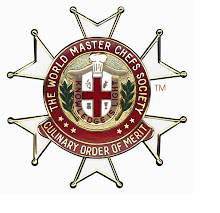One of the reasons we use Olive Oil, is to reap the health benefits, but large scale commercial enterprises offer a product almost devoid of taste and nutrition. It is very important that Olives be picked ripe, and optimally pressed within 48 hours, and then stored correctly.
- OLIVE OIL ADOPTS OTHER AROMAS EASILY, SO STORE MINDFULLY.
- OLIVE OIL SHOULD STORED, LIKE WINE, IN A COOL AND DARK PLACE.
- IDEAL TEMPERATURES for storage 10-12 DEGREE CELSIUS
- OLIVE OIL IS BEST STORED IN DARK BOTTLES
- IF OLIVE OIL IS STORED TO COOL IT CREATES FLAKES AND LOSES SOME OF IT'S DELICATE FLAVOUR.
- DON’T OVERHEAT OLIVE OIL - THIS WILL CAUSE IT TO LOSE FLAVOUR AND NUTRIENTS VERY QUICKLY. WARM OVER GENTLE HEAT, OR ADD AFTER COOKING.
- AFTER USE SEAL THE BOTTLE - INTRODUCING OXYGEN CAUSES DETERIORATION.
- ONLY VIRGIN AND EXTRA-VIRGIN OILS ARE PRODUCED SOLEY BY MECHANICAL MEANS. BE AWARE THAT THE TERMS 'PURE', '100%', 'LIGHT' MOST LIKELY REFER TO CHEMICALLY REFINED OILS. HOWEVER, EVEN THE TERMS 'EXTRA-VIRGIN' AND 'VIRGIN' ARE OPEN TO MISUSE.
- 'HAND PICKED' GIVES AN INDICATION THAT RIPE OLIVES ARE BEING USED, NOT UNRIPE OR OVER-RIPE ( and possibly mouldy!)
- SOUR
- VINEGAR
- METALLIC
- MUDDY
- RANCID
- APPLE FLAVOURS
- MANDARINS/NAARTJIE FLAVOURS
- LEAVES/GRASS FLAVOURS
- FRUITY
- BITTER
- SHARP
- SWEET
- SLIGHT ARTICHOKE AROMAS








No comments:
Post a Comment